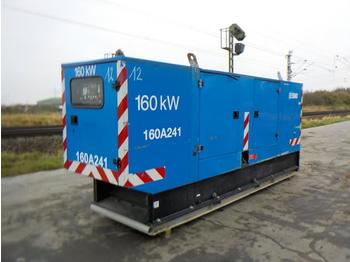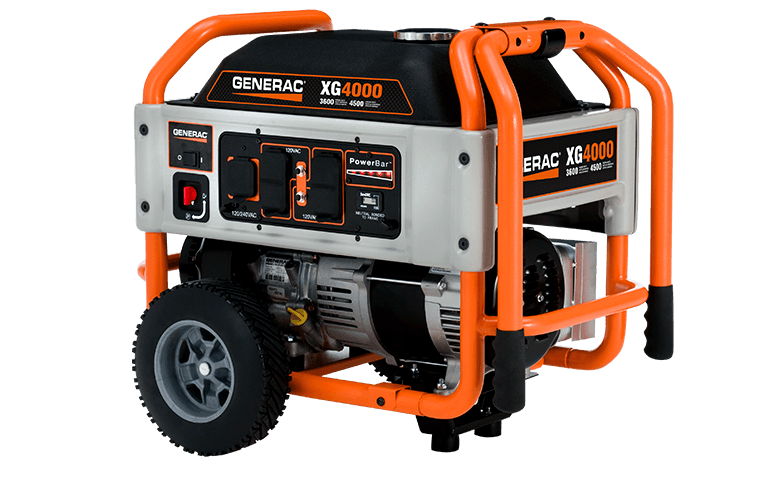
An early application of wave power was a device constructed around 1910 by Bochaux-Praceique to light and power his house at Royan, near Bordeaux in France. The first known patent to use energy from ocean waves dates back to 1799, and was filed in Paris by Girard and his son. In shallow water, for wavelengths larger than about twenty times the water depth, as found quite often near the coast, the group velocity is equal to the phase velocity. The deep-water group velocity is half the phase velocity. In deep water, longer-period waves propagate faster and transport their energy faster. In deep water where the water depth is larger than half the wavelength, the wave energy flux is P = ρ g 2 64 π H m 0 2 T e ≈ ( 0.5 kW m 3 ⋅ s ) H m 0 2 T e, ĭeep-water characteristics and opportunities ĭeepwater corresponds with a water depth larger than half the wavelength, which is the common situation in the sea and ocean. The mean transport rate of the wave energy through a vertical plane of unit width, parallel to a wave crest, is called the wave energy flux (or wave power, which must not be confused with the actual power generated by a wave power device). The waves propagate on the ocean surface, and the wave energy is also transported horizontally with the group velocity. These pressure fluctuations at greater depth are too small to be interesting from the point of view of wave power. However, for standing waves ( clapotis) near a reflecting coast, wave energy is also present as pressure oscillations at great depth, producing microseisms. Oscillatory motion is highest at the surface and diminishes exponentially with depth. In general, larger waves are more powerful but wave power is also determined by wave speed, wavelength, and water density. When this limit has been reached the sea is said to be "fully developed". A given wind speed has a matching practical limit over which time or distance will not produce larger waves. Wave height is determined by wind speed, the duration of time the wind has been blowing, fetch (the distance over which the wind excites the waves) and by the depth and topography of the seafloor (which can focus or disperse the energy of the waves). Both air pressure differences between the upwind and the lee side of a wave crest, as well as friction on the water surface by the wind, making the water to go into the shear stress causes the growth of the waves.

As long as the waves propagate slower than the wind speed just above the waves, there is an energy transfer from the wind to the waves. Waves are generated by wind passing over the surface of the sea. Photograph of the elliptical trajectories of water particles under a – progressive and periodic – surface gravity wave in a wave flume. commissioned its pilot unit device off the coast of San Diego. In 2021, CalWave Power Technologies, Inc. Testing is used to validate the performance and reliability of wave energy systems in open ocean. In 2008, the first experimental multi-generator wave farm was opened in Portugal at the Aguçadoura Wave Park.

In 2000 the world's first commercial Wave Power Device, the Islay LIMPET was installed on the coast of Islay in Scotland and connected to the National Grid. As a comparison, the power density of photovoltaic panels is 1 kW/m 2 at peak solar insolation, and the power density of the wind is 1 kW/m 2 at 12 m/s the average annual power density of the waves at e.g. However, there have been attempts to use this source of energy since at least 1890 mainly due to its high power density.


Wave-power generation is not a widely employed commercial technology compared to other established renewable energy sources such as wind power, hydropower and solar power. Waves and tides are also distinct from ocean currents which are caused by other forces including breaking waves, wind, the Coriolis effect, cabbeling, and differences in temperature and salinity. Wave power is distinct from tidal power, which captures the energy of the current caused by the gravitational pull of the Sun and Moon. A machine that exploits wave power is a wave energy converter (WEC). Wave power is the capture of energy of wind waves to do useful work – for example, electricity generation, water desalination, or pumping water. Wave Power Station using a pneumatic Chamber


 0 kommentar(er)
0 kommentar(er)
